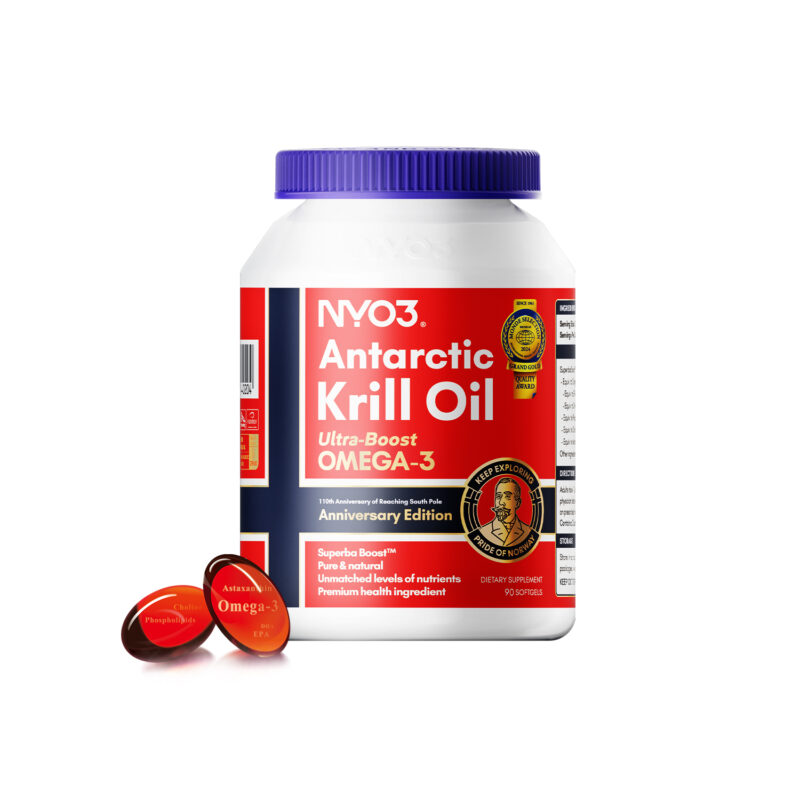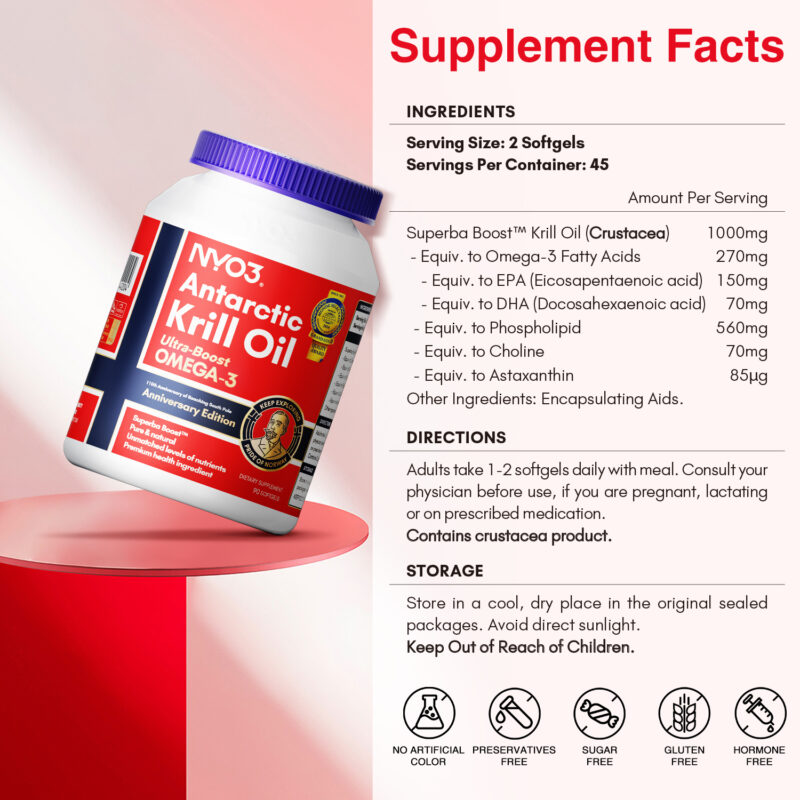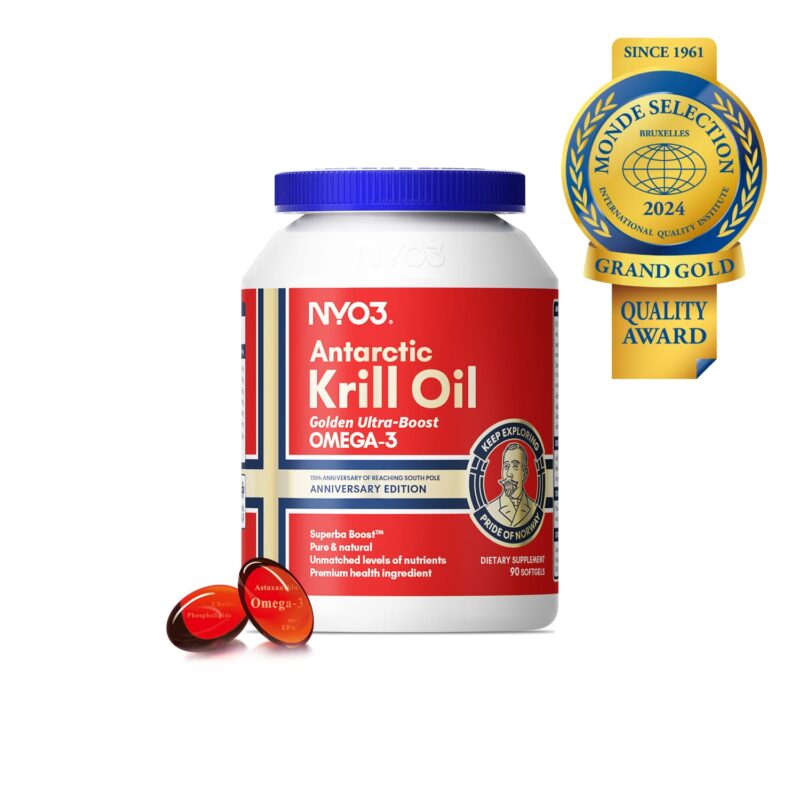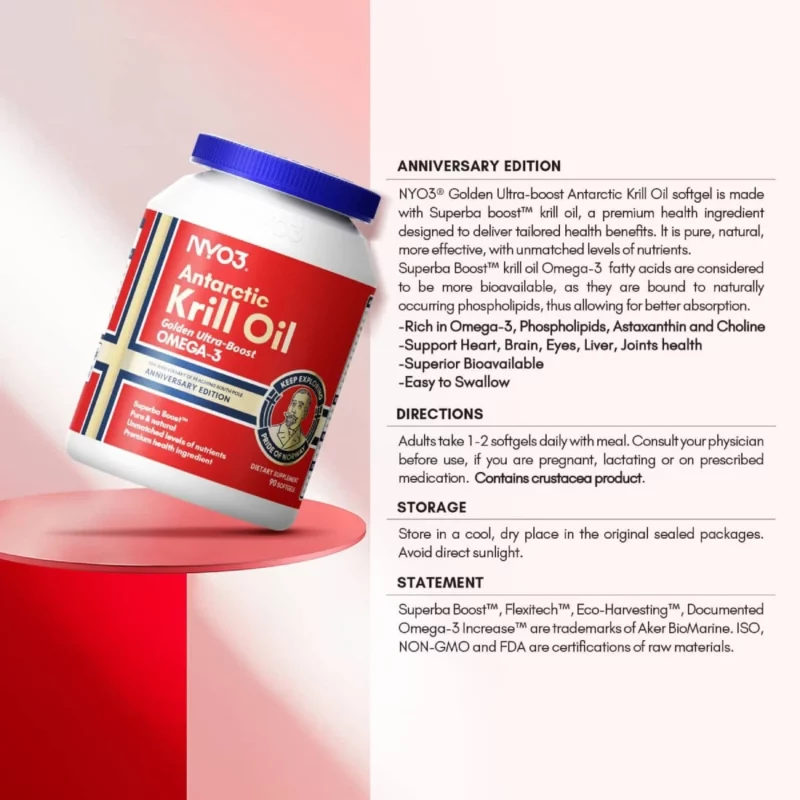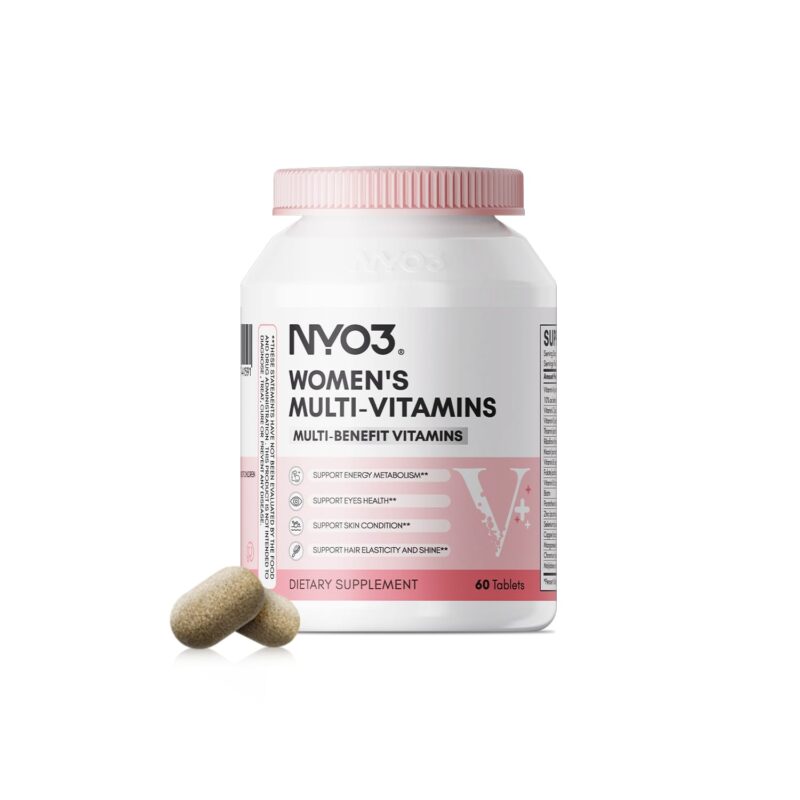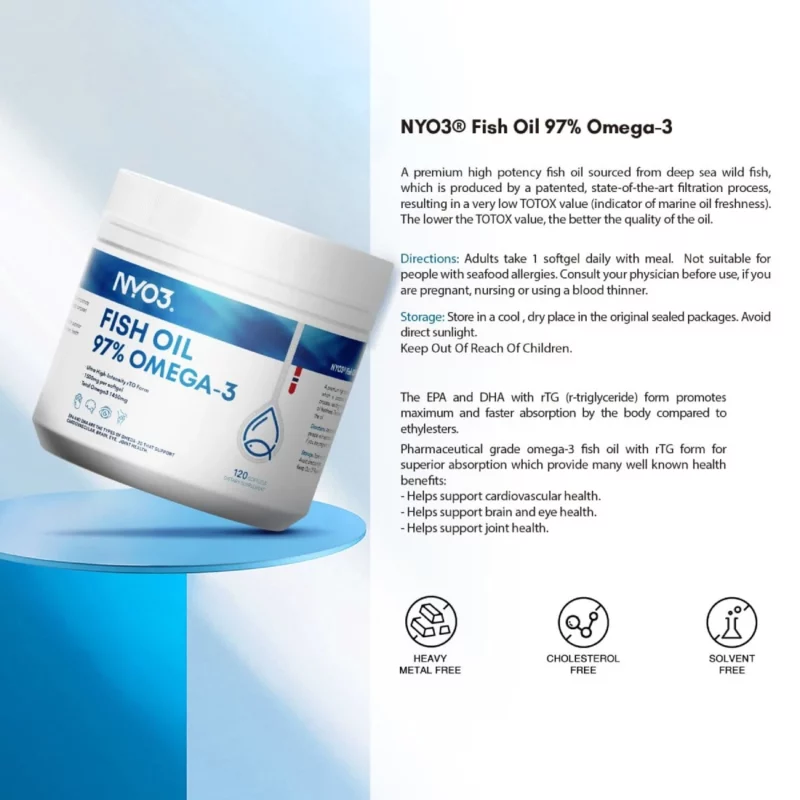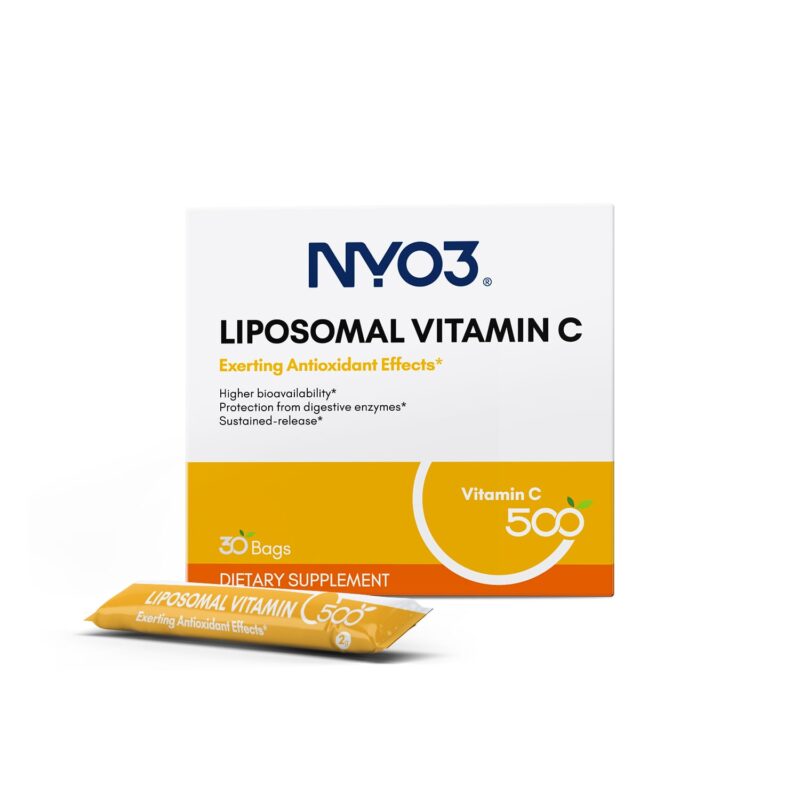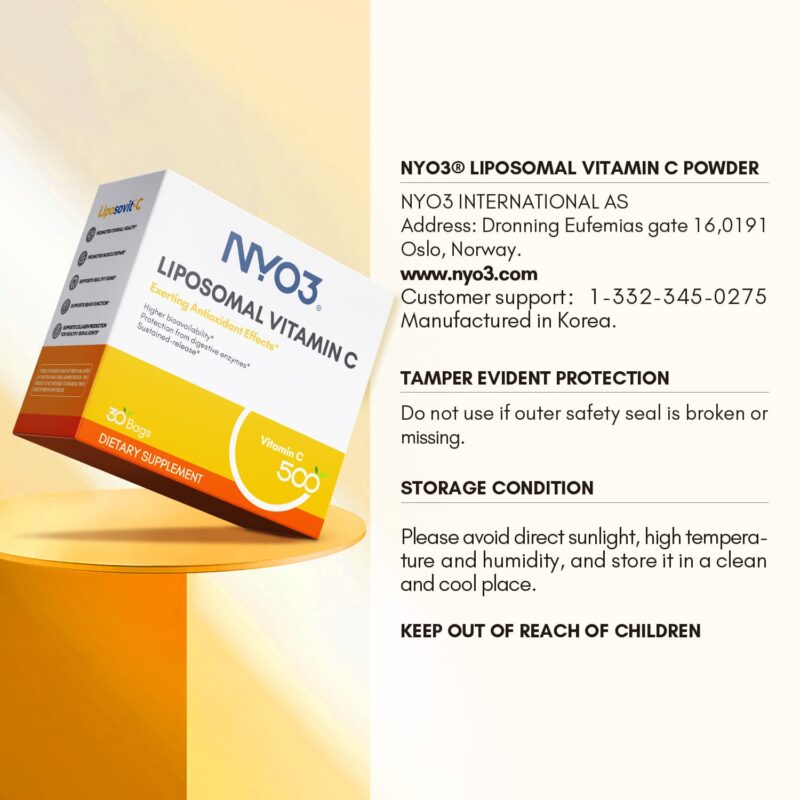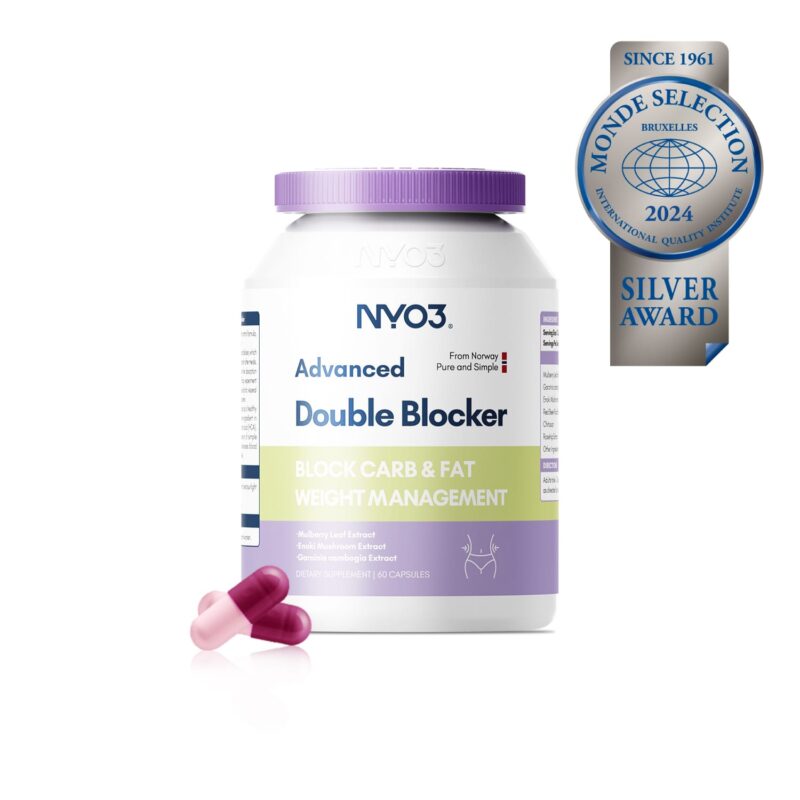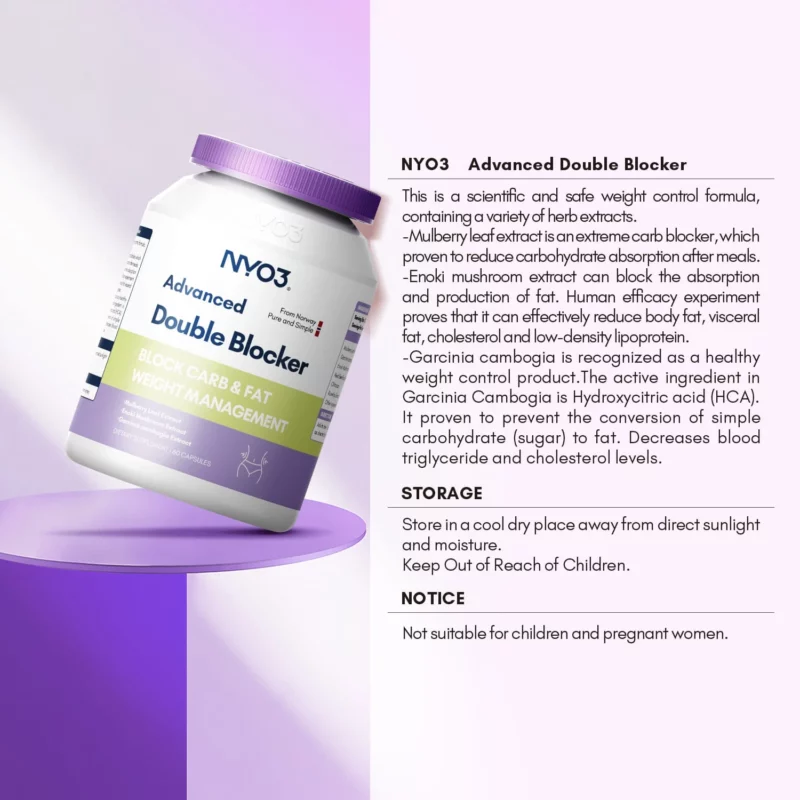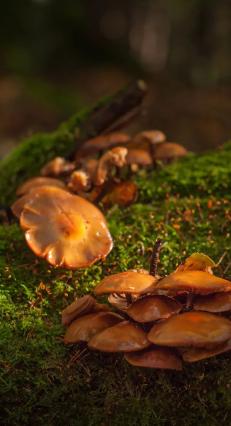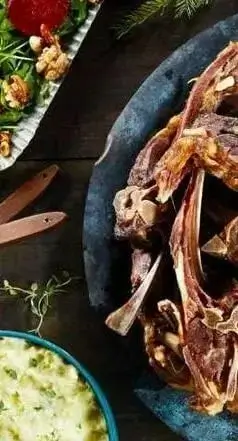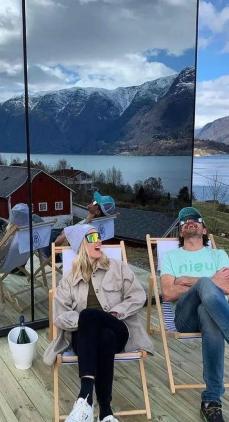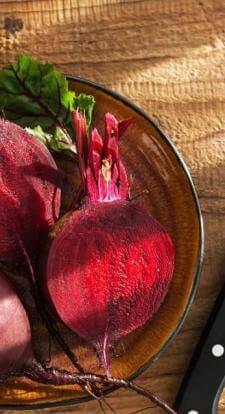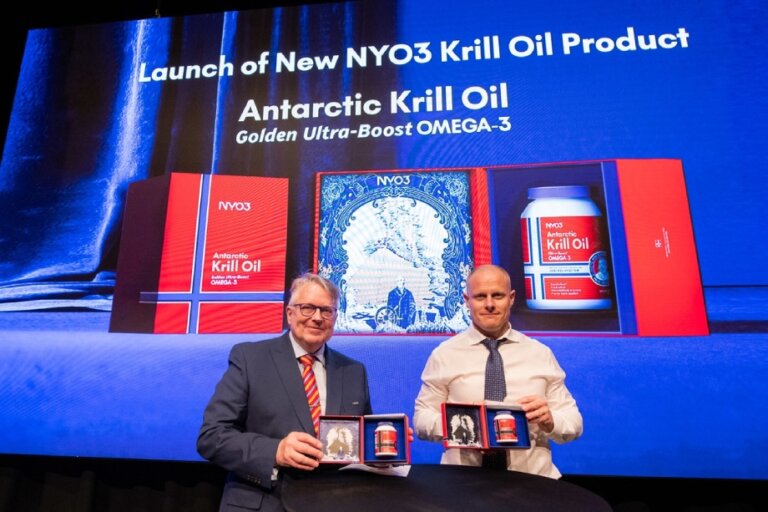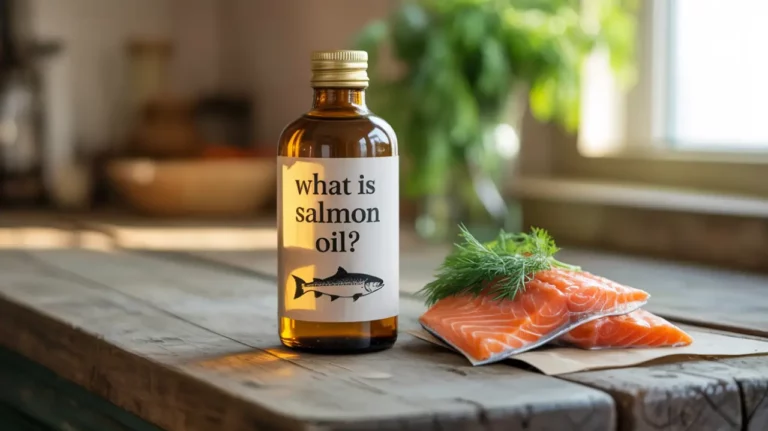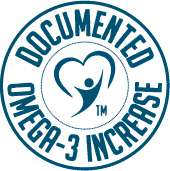Why do Norwegian people live to an average age of 81?
Located in the north of Europe, Norway has one of the world’s best welfare systems. The excellence of this system is internationally acknowledged, often described as providing care “from the cradle to the grave.”
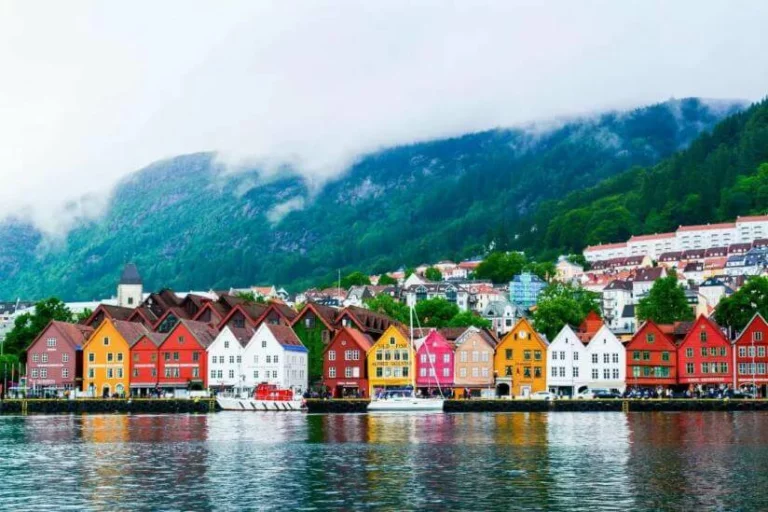
Based on the World Health Organization’s data in October 2020, the global average life expectancy stood at 70.31 years for men and 75.33 years for women across 224 countries and regions.
Norway, however, stands out with an impressive average life expectancy of 81.8 years, surpassing that of the vast majority of countries and positioning Norway among the global leaders in terms of longevity.
Let us delve into the factors contributing to why Norwegian people live up to 81 years old on average.
Three meals a day
Breakfast
In terms of meals, the majority of households typically have oatmeal porridge and eggs.
Bread or biscuits are the main staple foods, often served with fermented cheese and occasionally with cured meats and sugar jams. In addition, cucumbers and beets are commonly pickled.
Data indicates that Scandinavian residents have a low incidence of cardiovascular disease and high blood pressure, directly attributed to their high intake of dairy products.
Norwegian breakfast prominently consists of a lot of whole wheat products and fish, with refined sweet pastries being a rarity.

For a quick lunch, most Norwegians opt for hot dogs and sandwiches. Moreover, lutefisk remains an essential component of their lunches.
Traditionally, Norwegians preserved stockfish in alkaline water. The soaked stockfish is then washed and cooked in the oven with potatoes, bacon, stewed peas, seaweed-based salt, and mustard.
Seaweed-based salt is a prevalent condiment in Norwegian cuisine, as the salt extracted from seaweed is beneficial to health.
Lunch
The traditional seafood includes the renowned smoked salmon, smoked trout, and pickled salmon. Some locals also have a penchant for apple pie. Many Norwegians spend their free time outdoors gathering fruits, including berries, mushrooms, and clams, immersing themselves in nature, and engaging in physical activities.
A large number of the local population is fond of seafood. With 90% of Norwegians residing on the coast, Norway has a coastline even longer than the equator if stretched. Due to the clear, icy waters, fish, mussels, and shellfish grow slowly, while the cold air aids in keeping fish fresh for longer periods.
Dinner
The locals’ love for seafood and game runs deep since Norway’s food traditions are heavily influenced by Norway’s rich history of hunting, farming, and fishing.
The seafood industry serves as a pillar for Norway’s coastal regions, playing a vital role in many local communities. Norway has long been a pioneer in high-standard fisheries and aquatic product management practices. Through collaboration with the scientific community, it has implemented regulations and incentives to ensure the sustainability of living marine resources. In recent years, there has been a shift in consumer preferences, with Norwegians increasingly favoring fresh fish over frozen and semi-finished seafood.
Locals love skrei, a unique seasonal Norwegian cod, for dinner.
Pinnekjøtt is a common dinner dish enjoyed by locals. In addition, smoking is a preservation method used in some places. The term “Pinnekjøtt” literally translates to stick meat, reflecting the Norwegian tradition of placing birch twigs at the bottom of the saucepan. This dish ranks as the second most loved dish among Norwegians on Christmas Eve, particularly among those residing on the West Coast.
Norwegian lamb meat is known for its tenderness and juiciness. This is a result of livestock being reared in unpolluted pastures far from the city, with access to clean water and diverse pastures. In addition, the meat has a high protein content.
When it comes to dinner, Norwegians love Aquavit wine, the quintessential drink of Norway. This spirit is primarily made from potatoes and infused with caraway seeds, anise, dill, fennel, and coriander. Furthermore, Norwegians have an affinity for mulled wine. Different from other countries, Norway’s Gløgg is herb-free. However, it contains syrup, dried almonds, and raisins, contributing to its unique flavor.
Social welfare
Norway is one of the earliest “welfare states” in the world, having enacted social welfare laws in the 1930s.
The sound social security system provides Norwegians with free medical care and education. This has contributed to Norwegian. Together with its ultra-high per capita income, this has contributed to Norway being consistently ranked first in the human development index for many years.
For example, a woman who has worked for less than 6 months before pregnancy qualifies for a maternity allowance of NOK 36,000 (approximately 30,000 yuan) per child. Working women who decline this maternity allowance are entitled to 10 months of paid maternity leave, equivalent to eighty percent of the paid leave for one year.
Medical service conditions
In 2019, The Lancet, a reputable medical journal, published rankings of the medical service levels of 195 countries and regions around the world in all aspects. The top three countries for health systems were Andorra (95 points), Iceland (94 points), and Norway (92 points). Norway’s sound and free healthcare system contributes to the longevity of its citizens.

Food safety
The British Economist Intelligence Unit recently released the Global Food Security Index, where Germany, Norway, and France secured the top 3 positions. Norway, as a developed Nordic country with thriving agriculture and animal husbandry industries, leads the world in terms of fish catches. Norway places significant emphasis on food safety, as evidenced by its national legislation, government functions, and attention from the whole society.
Source: Visit Norway

